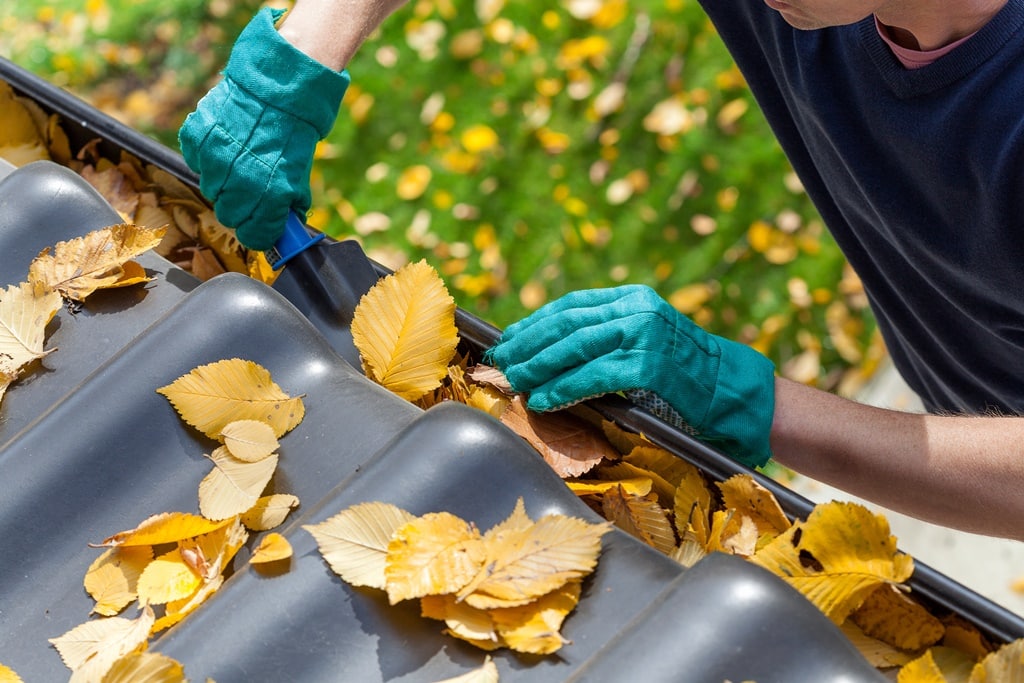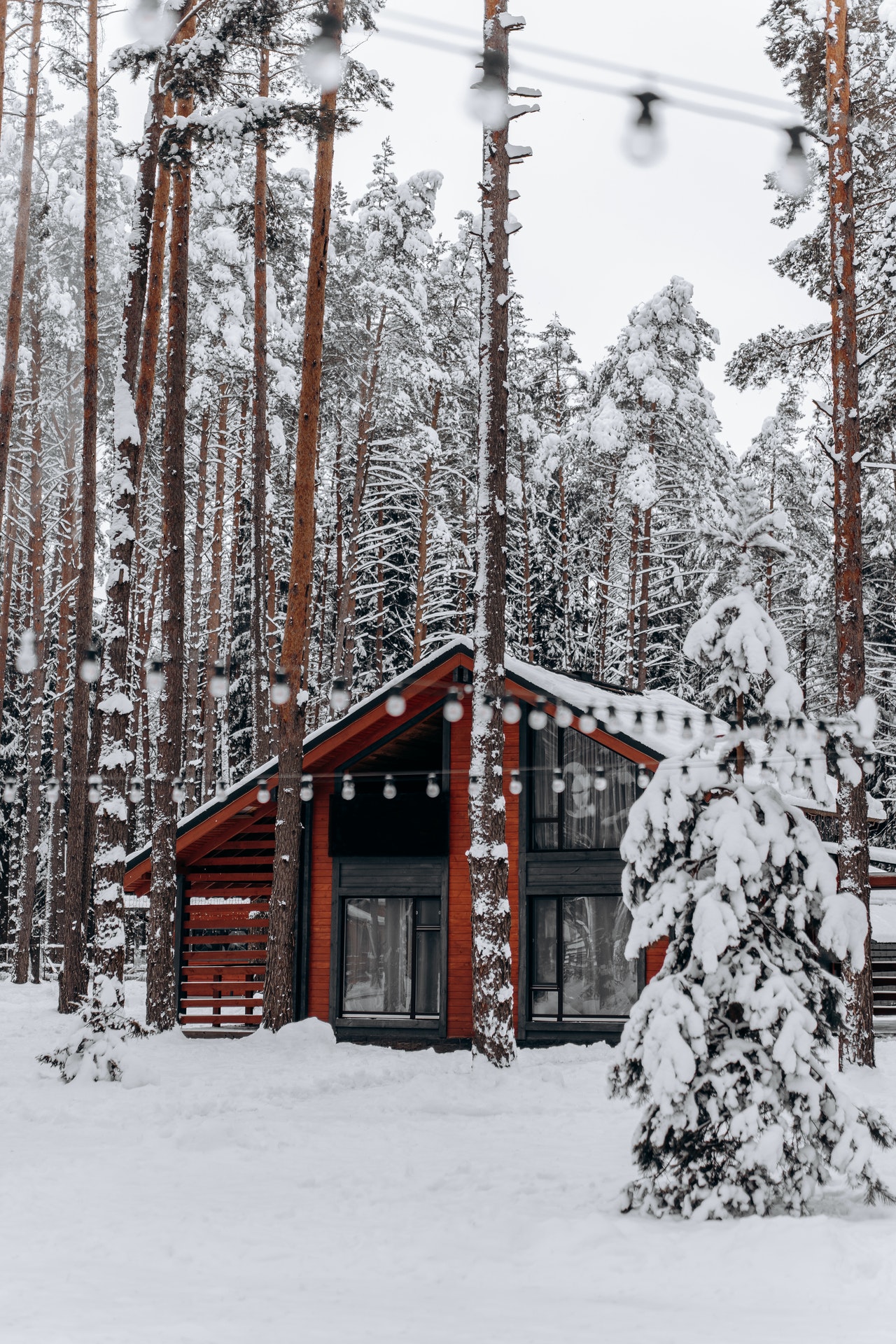As the days go on, the nights are becoming longer, which means only one thing—winter is coming. Regardless of where you live, you’re surely starting to feel the drop in temperature. For most people, it’s the season of the most beautiful time of the year. For homeowners though, it’s also the time they should prepare their homes for extreme and unpredictable weather conditions.
It’s highly recommended that you take the necessary measures to winterize your house during this ideal time, the fall season. Doing so will give you ample time to check what needs to be checked, perform routine maintenance, and make sure every corner of your home remains cozy and warm despite the chilly weather outside.
To help you out, here are some of the best practices to prepare your home for winter.
Inspect Your Furnace
Now more than ever, you need your furnace to be at its optimal state to ensure that the heat source won’t encounter any problems throughout the winter season. So, scheduling an inspection is one of the essential steps to take before your home faces the freezing weather. Ideally, furnaces need to be checked at least once a year, and if you don’t have a routine for it yet, now might be a good time to start having one.
Annual inspections are best done by HVAC professionals such as Dowd Heat & Air, as HVAC companies are qualified enough to take on any repair or maintenance measures that your furnace might need. In addition, tune-ups done during the inspection will prolong the life of your heating unit while also ensuring energy efficiency so you can save on energy bills. An HVAC professional can tell if it’s time to replace the filters or if carbon monoxide is leaking from the unit.
As winter approaches, it is important to make sure your home is ready for the cold weather. One of the most important parts of preparing your home for winter is checking wall mounted electric radiators. These are efficient and reliable ways to heat a living space in an energy-efficient manner. Here are some best practices to help you get your wall-mounted electric radiators ready for winter:
Clean The Gutters
Gutters tend to get clogged with dried leaves, twigs, dirt, and other debris over time. Remember that gutters, downspouts, and drains were made for one purpose only, and that’s to get rainwater off your roof. So, if they get blocked or clogged, they can’t do the job. This could result in serious issues for your home.
You can choose to clean the gutters by yourself if you have the time and energy for it. You may want to invest in a gutter brush, which is perfect not just for the main house gutters but also for other guttering systems in your property, such as on garden sheds. Alternatively, you could look for a professional cleaning service to clean the gutters, drains, and other essential components of your guttering system, to ensure that everything is functioning as it should before winter approaches.
Clear The Chimney Of Obstructions
Having a chimney at home can prove to be pretty helpful during colder months. If you do have one, make sure you prep it well before using it. Since it’s been months since the fireplace was used, the chimney could most likely be filled with debris that could cause obstruction. In some cases, it may even have a buildup of creosote, which refers to condensed smoke that may cause a chimney fire once you start burning wood in your fireplace.
Don’t forget to check your chimney’s damper as you perform an inspection. It should open and close completely without any struggle, and it’s lockable in an open or closed setting. If you don’t have any plans to use your chimney this coming winter, you can invest in a chimney balloon. This can help prevent drafts, bugs, or snow from coming in through the chimney gap. The balloon works by inflating and pushing against the chimney walls, thus acting as a protective and double barrier.
Check The Attic’s Insulation
Adding more insulation wouldn’t hurt, especially in older homes that have little to no insulation at all. The attic, specifically, may have plenty of exposed or uncovered pipes that could use an extra layer of protection from the freezing winter weather. A well-insulated attic can significantly help ensure better and cleaner air circulation inside the house, which benefits your family in more ways than one.
Several materials and options are available for insulating your attic and other parts of your home. You can go for flexible fiber sheets that come with flame-resistant features. Another option is foam insulation, which you can spray into the attic walls and ceilings.
Aside from the attic, inspect other unheated areas of your home, such as basements and exterior walls. Doing so will guarantee that all areas are adequately insulated, making a significant difference in conserving heat and allowing adequate ventilation.
Winterize Your Outdoor Space

Sadly, outdoor fun isn’t something you can look forward to during colder months. As such, you don’t want to forget to winterize your outdoor spaces, be it the porch, patio, or deck. Doing a major sweep of all these areas is good practice to ensure no outdoor furniture will be left out in the cold. Now’s the best time to clean your outdoor accessories and prepare them for storage. Doing so can go a long way in preserving your furniture and making sure they last longer.
If you don’t have a garage or shed where you can store your outdoor paraphernalia, you can opt for tarps to cover the furniture. However, make sure you secure it tightly, as winter winds are notorious for blowing off anything that’s out in the open. You don’t want to wake up one morning to see your prized outdoor stuff all drenched in water or snow.
Don’t Forget The Roof
Another best practice to prepare your home for the winter is to do a quick inspection of your roof. You can choose to hire someone to do it for you, or you could perform the check on your own. Either way, this routine will make quite a difference in finding any significant damage in your home exterior.
Should you decide to inspect the roof yourself, be careful when climbing and make sure you’re wearing traction-grip shoes with nonskid soles. Look for damaged or missing shingles, and if you do find any, make sure you replace them right away. Don’t forget to check the siding and flashings for any leak or damage so you can prevent it from getting worse.
Final Thoughts
The winter season isn’t all about playing in the snow and cozying up by the fireplace as you enjoy a cup of hot cocoa. As a homeowner, you must know how to prepare your home for this drastic change of season. The best practices mentioned above can go a long way in guaranteeing that your colder moments with family are safely enjoyed, with warmth and comfort in mind.





Leave a Reply